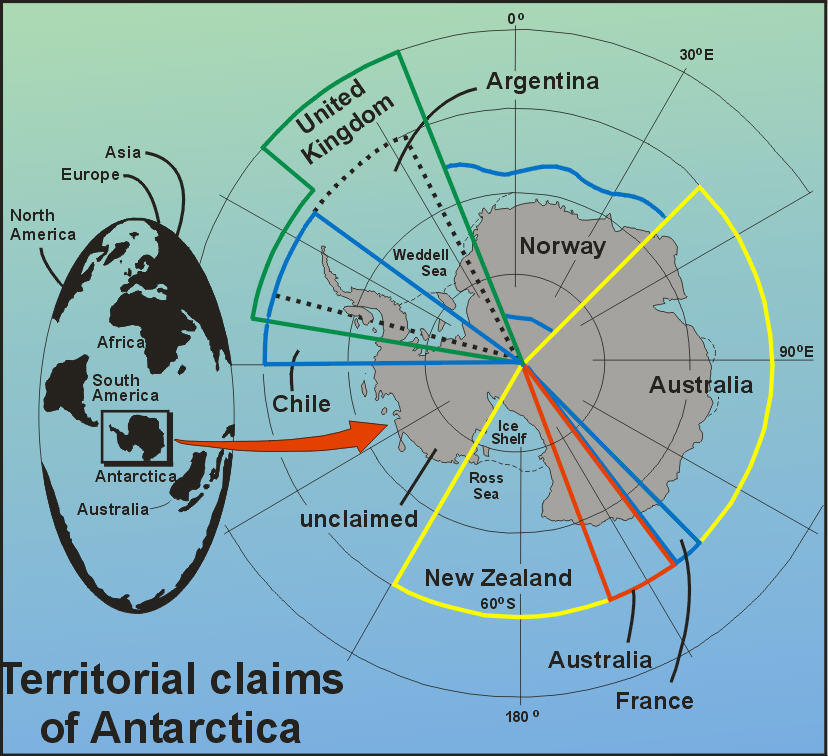Antarctic Treaty Summit 2009
50th anniversary of the signing of the Antarctic Treaty
"with the interests of science and the progress of all mankind"
50th anniversary of the signing of the Antarctic Treaty
"with the interests of science and the progress of all mankind"
Introduction to the Antarctic Treaty System
After a decade of diplomatic contacts and informal consultations among an interested group of nations - on 3 May 1958, President Eisenhower formally invited those countries “which have engaged in scientific activities in Antarctica over the past nine months in connection with the International Geophysical Year” to confer in the United States about an Antarctic Treaty. This invitation was “dedicated to the principle that the vast uninhabited wastes of Antarctica shall be used only for peaceful purposes… insuring that this same kind of cooperation for the benefit of all mankind shall be perpetuated.”
Over the next eighteen months, at the height of the cold war, the two superpowers contributed to sixty secret preparatory meetings in Washington, D.C. along with the other ten nations who were cooperating in Antarctic during the International Geophysical Year (IGY) from July 1, 1957 through December 31, 1958. The final negotiations were convened with the “Conference on Antarctica” at the Department of State annex on 1776 Pennsylvania Avenue in Washington, DC from 15 October to 1 December 1959, when the Antarctic Treaty was signed by the twelve Antarctic-IGY nations with the interests of science and the progress of all mankind.
The Antarctic Treaty came into force on June 23, 1961 after its unanimous ratification by the seven claimant nations (Argentina, Australia, Chile, French Republic, Norway and the United Kingdom of Great Britain and Northern Ireland) and five other nations (Belgium, Japan, Union of South Africa, Union of Soviet Socialist Republics and the United States of America), who had collaborated in Antarctic research activities during the International Geophysical Year from July 1, 1957 through December 31, 1958.

Regions of Antarctica have been claimed by seven nations: Argentina, Australia, Chile, France, New Zealand, Norway and the United Kingdom. The only overlapping claims are between Argentina, Chile and the United Kingdom in the Antarctic Peninsula region. Other nations reserved the rights to make territorial claims, including the United States, which had expressed sovereign interests in the only unclaimed area of Antarctica in Marie Byrd Land. The polar projection shows the geographic location of Antarctica relative to the other continents. Adapted from: Berkman, P.A. 2002. Science into Policy: Global Lessons from Antarctica. Academic Press, San Diego.
[section description needed]